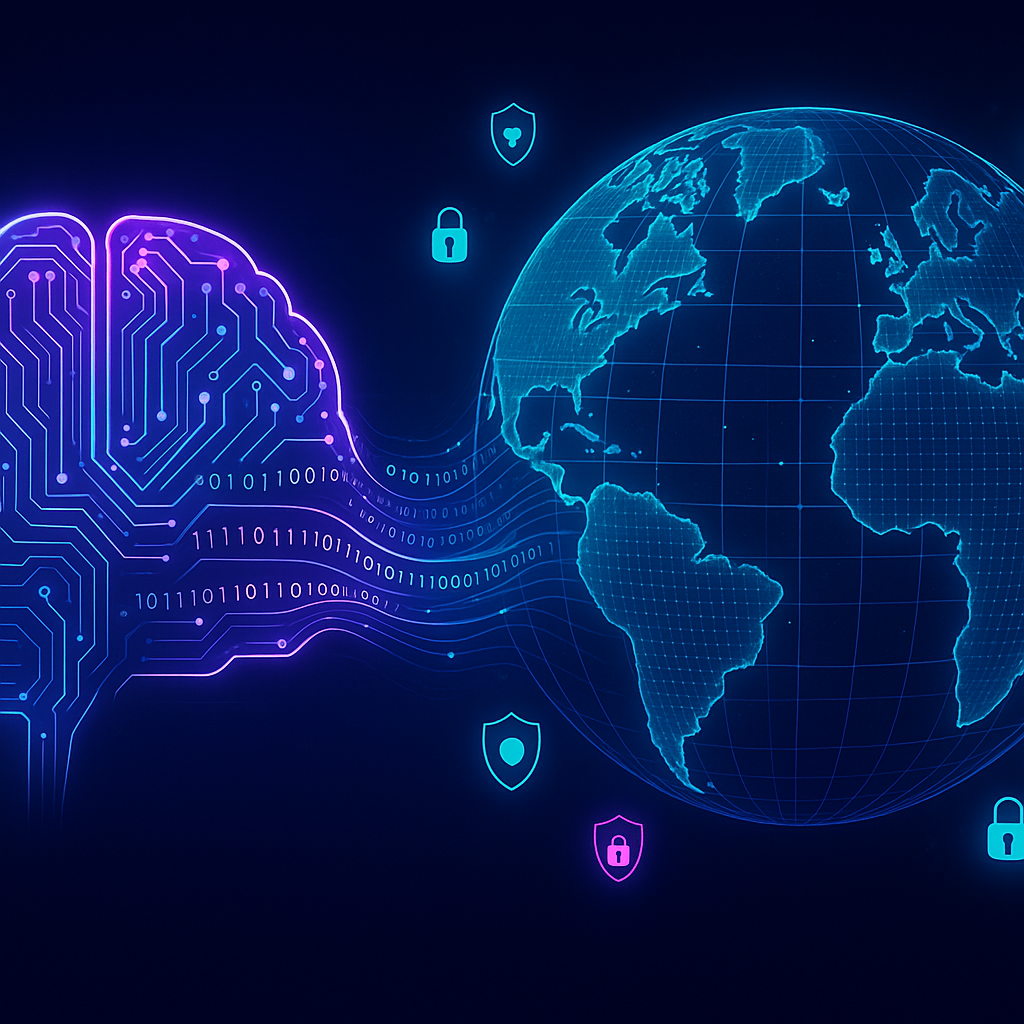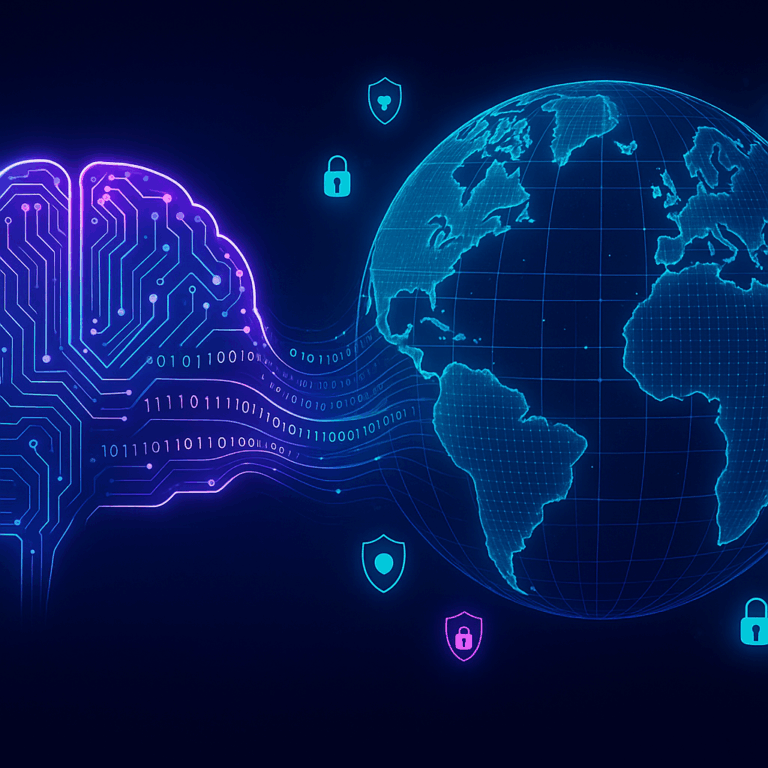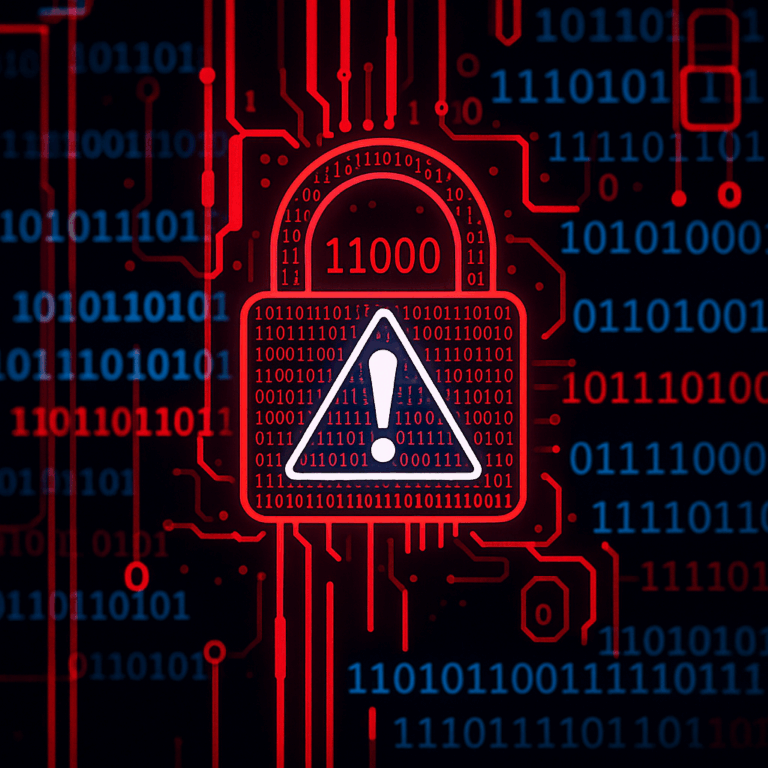Salesforce Aims to Fulfill AI Potential at Dreamforce 2024: Cybersecurity Implications
At Dreamforce 2024, Salesforce showcased the immense potential of AI, not just in customer relations but in a gamut of industries—including cybersecurity. Salesforce’s AI initiatives are set to revolutionize how organizations safeguard their digital assets. However, the intersection of AI and cybersecurity brings forth its own set of challenges and opportunities. In this blog post, we will dive deep into the cybersecurity trends emerging from Salesforce’s announcements, the actionable strategies you can implement, and the future implications for the cybersecurity landscape. Ready to explore? Let’s get started!
AI-Driven Threat Detection: The Future is Here
One of the most talked-about topics at Dreamforce 2024 was AI-driven threat detection. Imagine a landscape where your cybersecurity measures are no longer just reactive but preemptively shield your network from advanced threats. Thanks to AI algorithms, this is no longer a distant dream.
How It Works
AI-driven threat detection leverages machine learning algorithms to identify abnormal behavior patterns across your network:
- Constant monitoring of data streams
- Flagging unusual patterns
- Immediate alerting and automated response
For instance, Salesforce demonstrated how their AI models are capable of recognizing subtle changes in user behavior, such as login patterns, data access frequency, and time-of-day activity. These models can then trigger a predefined response, minimizing the window of vulnerability.
Machine Learning for Anomaly Detection: A Game-Changer
Anomaly detection is another significant area where AI is making sweeping improvements. Traditional methods of anomaly detection were often time-consuming and prone to errors. With AI, this process is becoming faster and more accurate.
Applications in Cybersecurity
Machine learning algorithms can be trained to distinguish between normal and anomalous behavior:
- Identifying unauthorized access
- Detecting unusual file transfers
- Monitoring deviations in application usage
Salesforce has made it clear that by incorporating machine learning into their cybersecurity framework, organizations can achieve near real-time anomaly detection, which is crucial for mitigating risks quickly.
Advanced Network Security Protocols: Enhancing Defense Mechanisms
Network security protocols form the backbone of an organization’s cybersecurity measures. In a world increasingly influenced by AI, these protocols are becoming more sophisticated.
Key Innovations
- Zero Trust Architecture: Salesforce emphasized the importance of adopting a zero-trust architecture. In essence, this means trusting no one by default, whether inside or outside the network perimeter, and verifying every request.
- Blockchain Technology: Blockchain’s decentralized nature and immutable records make it an attractive option for enhancing security. Salesforce is exploring blockchain for secure data transactions.
Such protocols are designed to offer layered security, defending against both external attacks and internal vulnerabilities.
Data Protection Strategies: Safeguarding What Matters Most
Data breaches remain a significant concern, and Salesforce’s AI-powered solutions offer several strategies to enhance data protection.
Real-World Applications
- Automated Encryption: Ensuring that sensitive data is automatically encrypted both at rest and in transit.
- Access Controls: Implementing AI-driven policies that govern who has access to what data, based on their behavior and role.
Salesforce’s AI systems can also generate real-time reports, offering visibility into potential vulnerabilities and compliance status, thereby enabling organizations to stay proactive rather than reactive.
The Challenges Ahead: Navigating the AI-Cybersecurity Landscape
While the benefits of AI in cybersecurity are plentiful, it’s vital to recognize the challenges. Implementing AI systems requires considerable investment, both financially and in terms of expertise.
Key Challenges
- Data Privacy: Ensuring that AI systems themselves do not become a point of vulnerability.
- Talent Gap: The need for skilled professionals who can manage and optimize these systems.
- Integration: Seamlessly integrating AI solutions with existing cybersecurity measures.
Organizations need to address these challenges to fully leverage the potential of AI in their cybersecurity frameworks.
Future Implications: What’s Next?
The adoption of AI in cybersecurity is not just a trend; it’s a paradigm shift. As AI technologies continue to evolve, their applications in cybersecurity will become more profound.
Long-Term Impact
Expect to see AI becoming a standard component of security operations centers (SOCs), enabling:
- Enhanced threat intelligence
- Improved incident response times
- Greater adaptability to emerging threats
Ultimately, the goal is to create a cybersecurity environment that is not just reactive but anticipates and neutralizes threats before they can cause harm.
Conclusion: Embracing the AI Revolution in Cybersecurity
Dreamforce 2024 has highlighted the transformative potential of AI in numerous sectors, particularly in cybersecurity. By integrating AI-driven threat detection, machine learning for anomaly detection, advanced network security protocols, and robust data protection strategies, organizations can significantly enhance their cybersecurity posture. However, navigating this AI-driven landscape requires addressing key challenges and making strategic investments.
The future of cybersecurity is bright, but it’s not without hurdles. Are you prepared to embrace it? By staying informed and proactive, you can ensure that your organization remains ahead of emerging threats.




